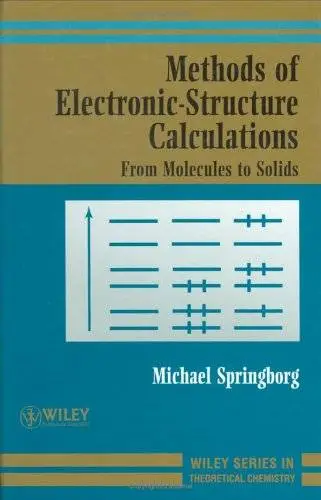Methods of Electronic-Structure Calculations: From Molecules to Solids
Wiley | 2000-07-13 | ISBN: 0471979759 | 516 pages | PDF | 31,8 Mb
Methods of Electronic-Structure Calculations From Molecules to Solids Michael Springborg Department of Chemistry, University of Konstanz, Germany Electronic-structure calculations of the properties of specific materials have become increasingly important over the last 30 years. Although several books on the subject have been published, it is rare to find one that covers in detail both the traditional quantum chemistry and the solid-state physics methods of electronic-structure calculations. This title bridges that gap, focusing equally on both types of method, including density-functional and Hartree-Fock-based approaches. The book is aimed at final-year undergraduate and postgraduate students of both chemistry and of physics. It describes in detail the fundamentals behind the various methods that are used in calculating electronic properties of materials, and that to some extent are commercially available. It should also be of interest to professional scientists working in related theoretical or experimental fields.



